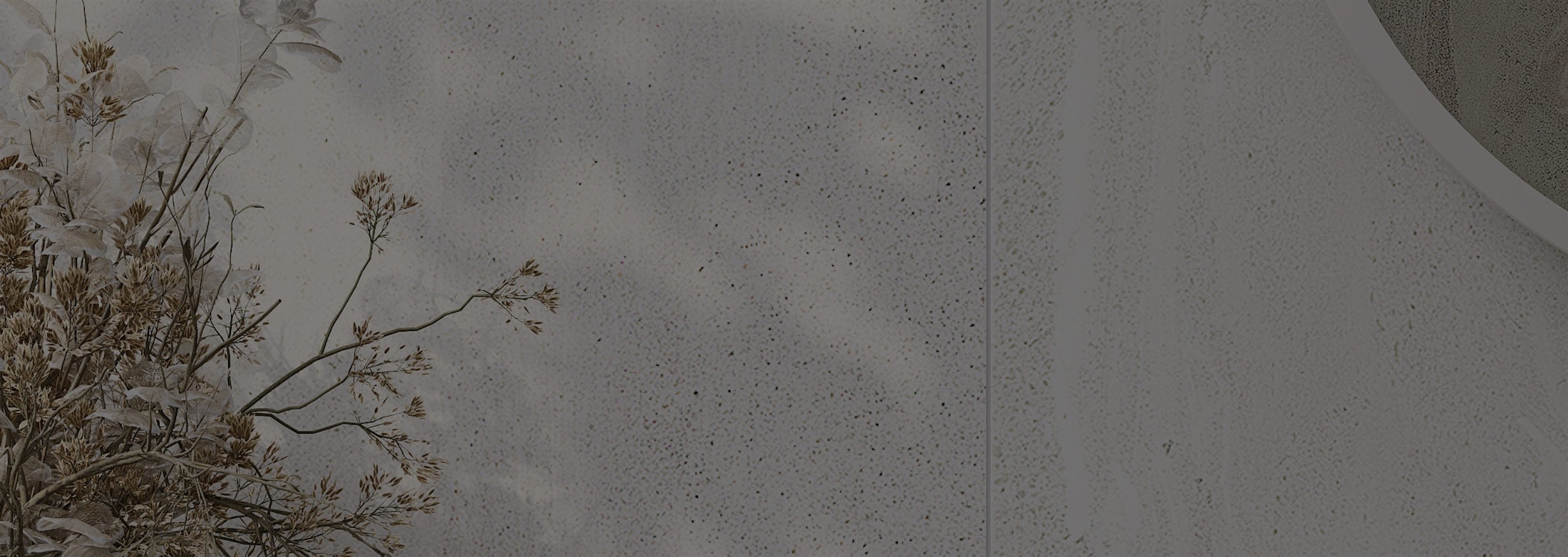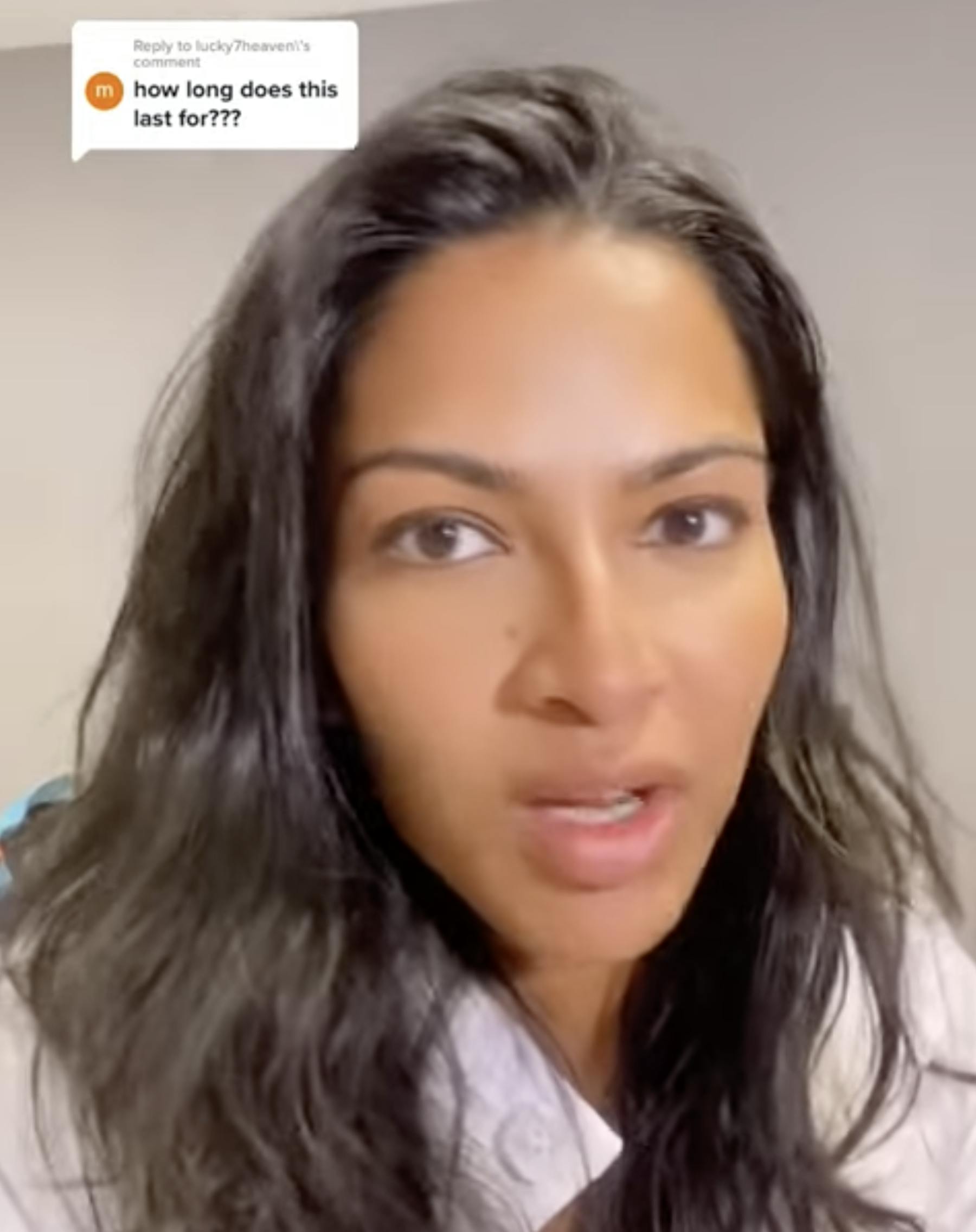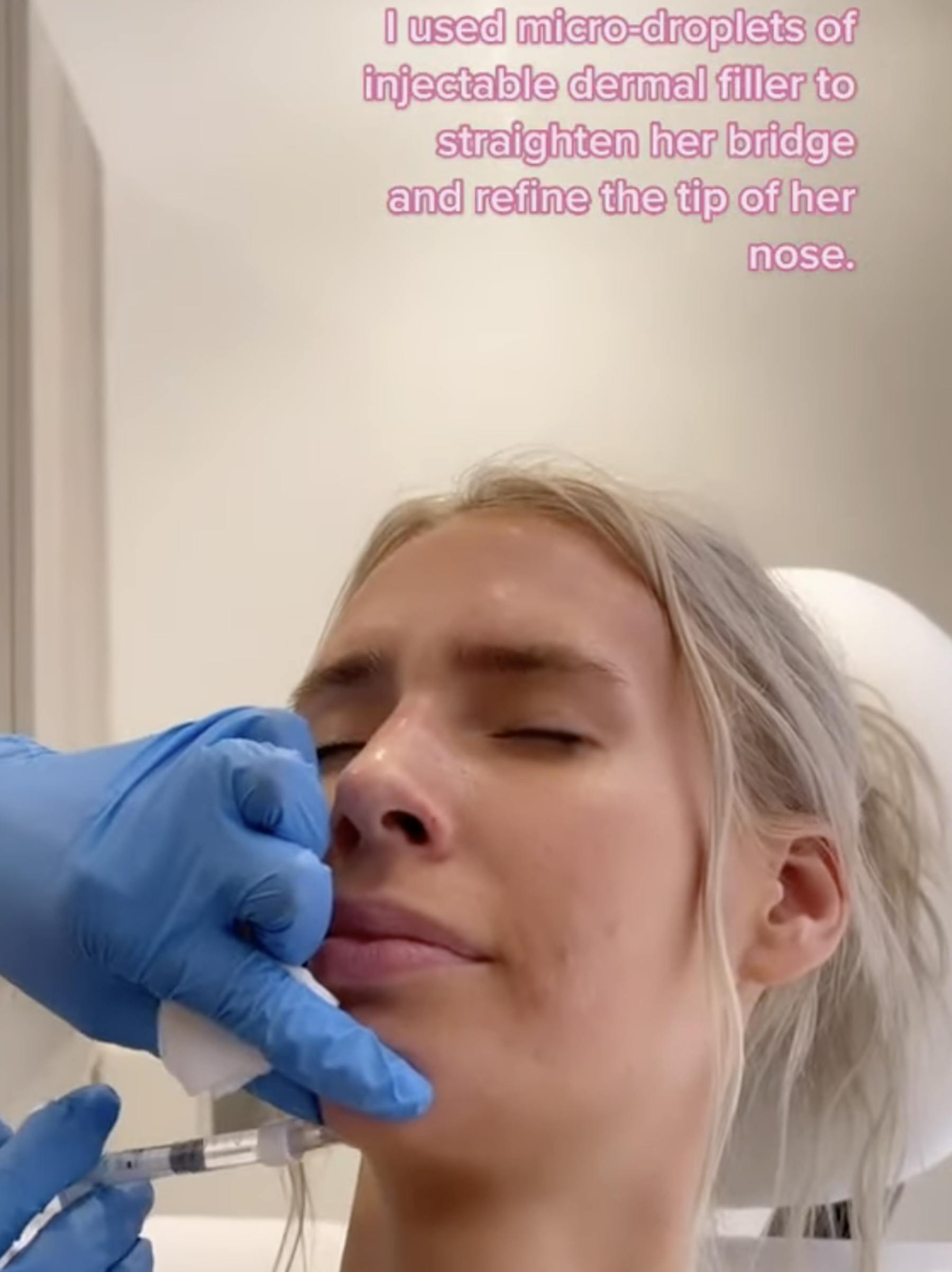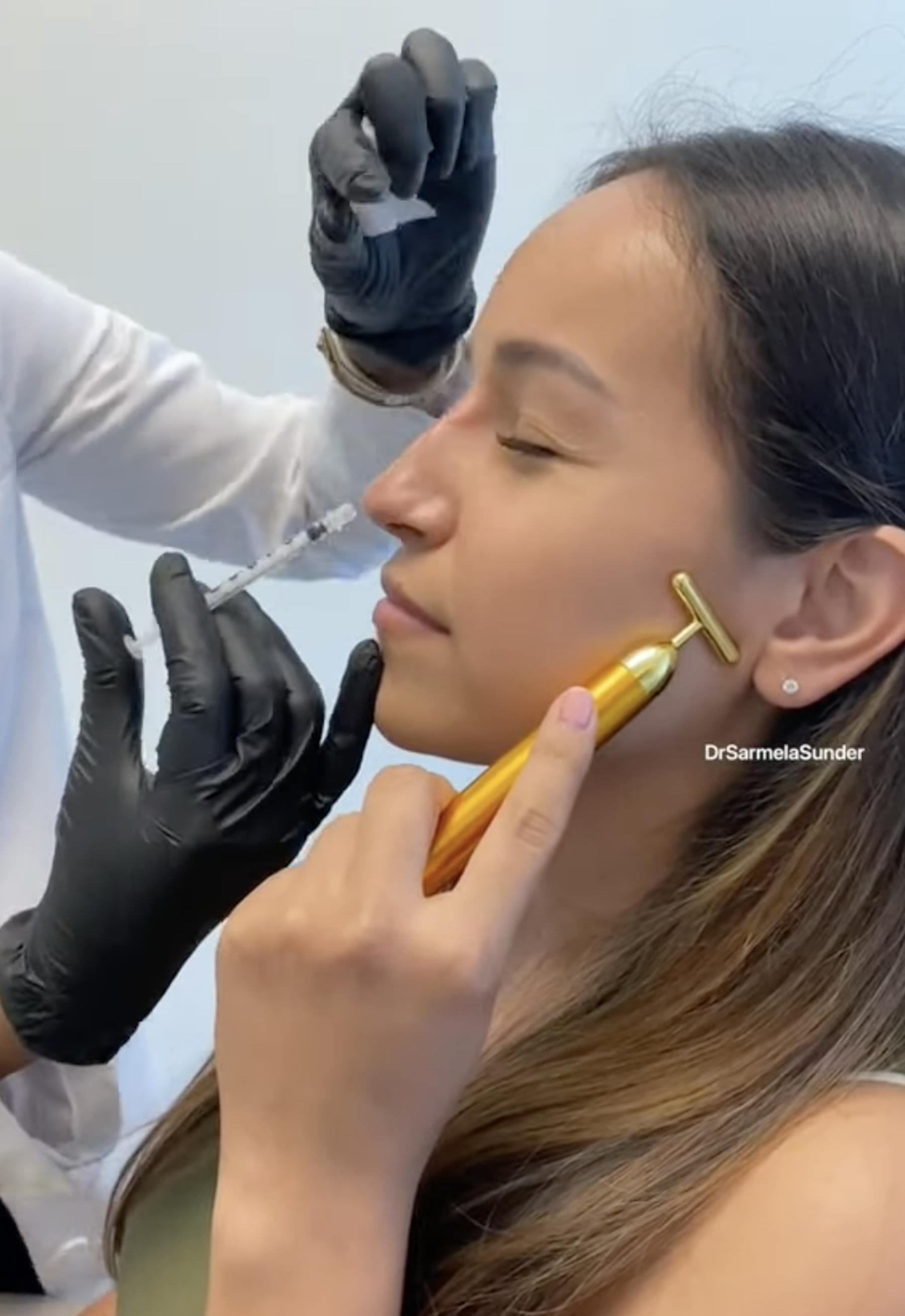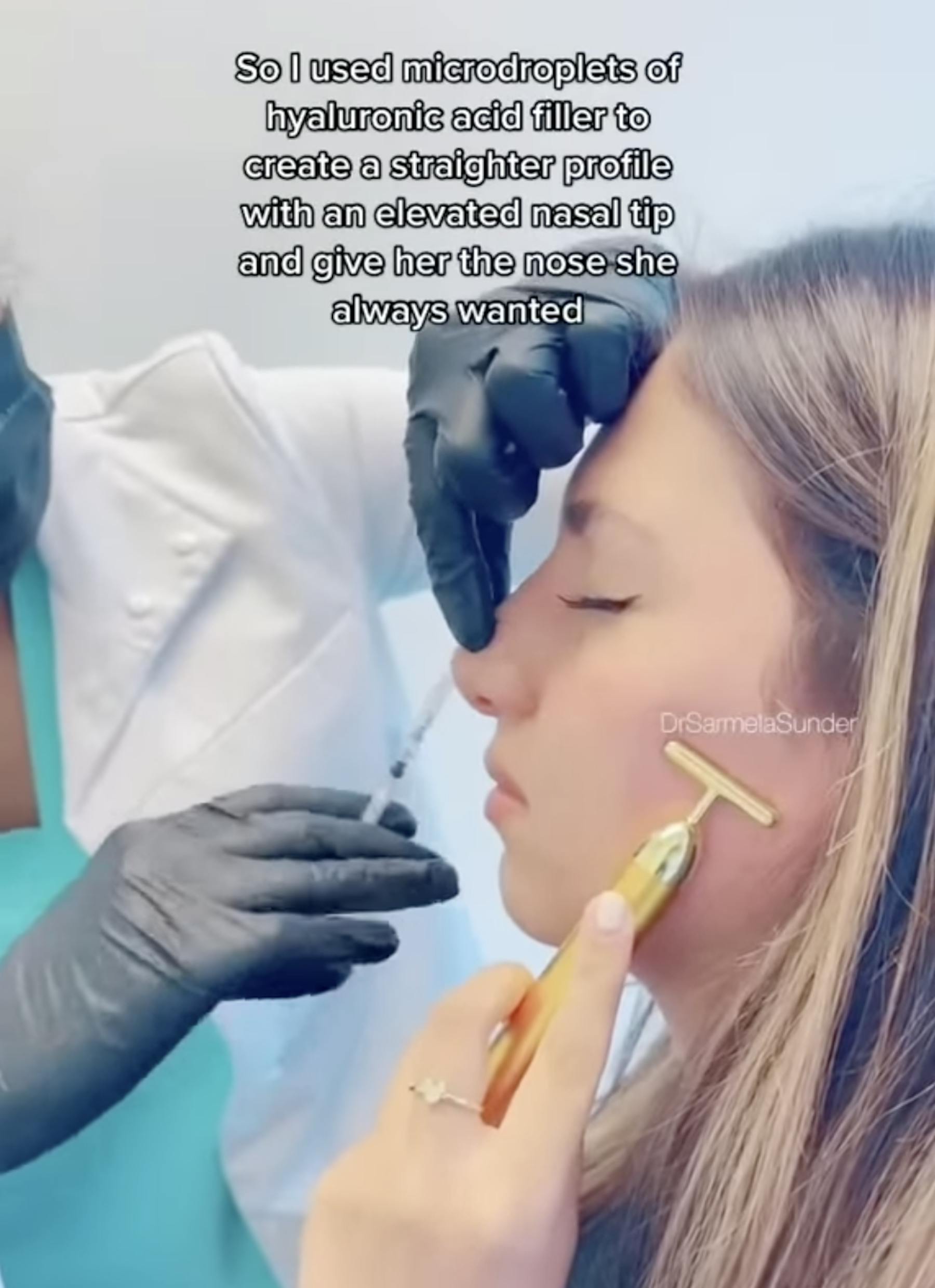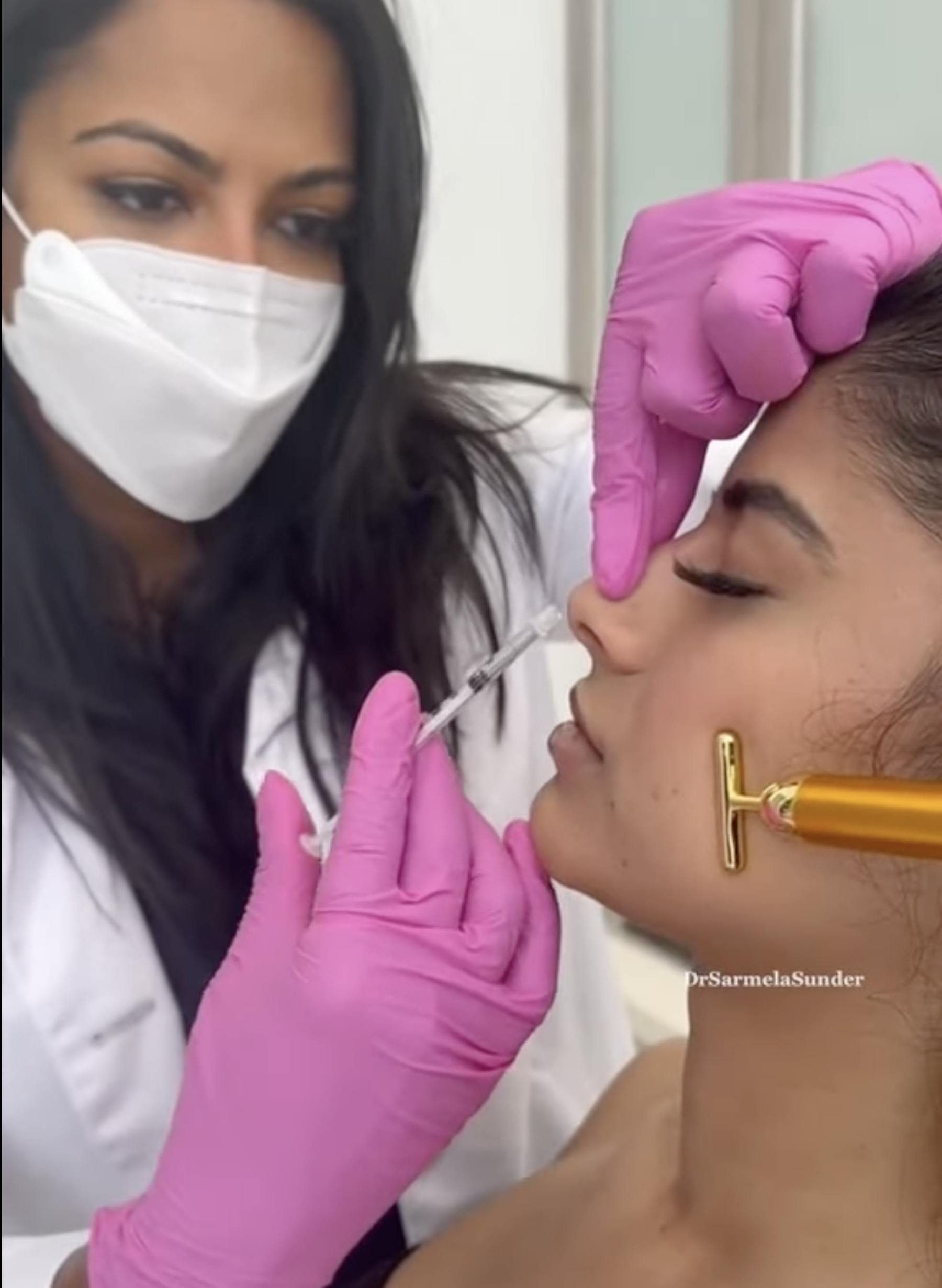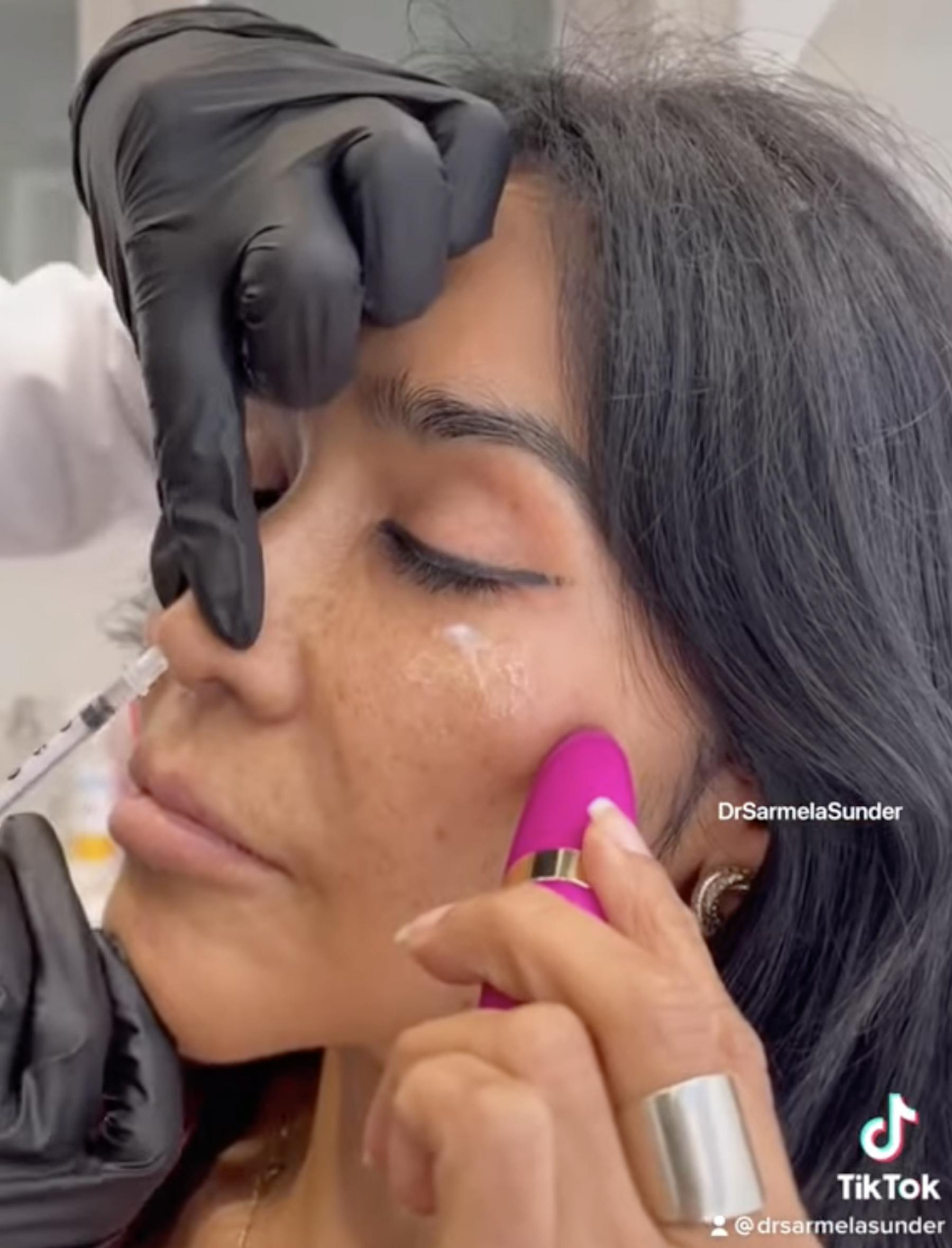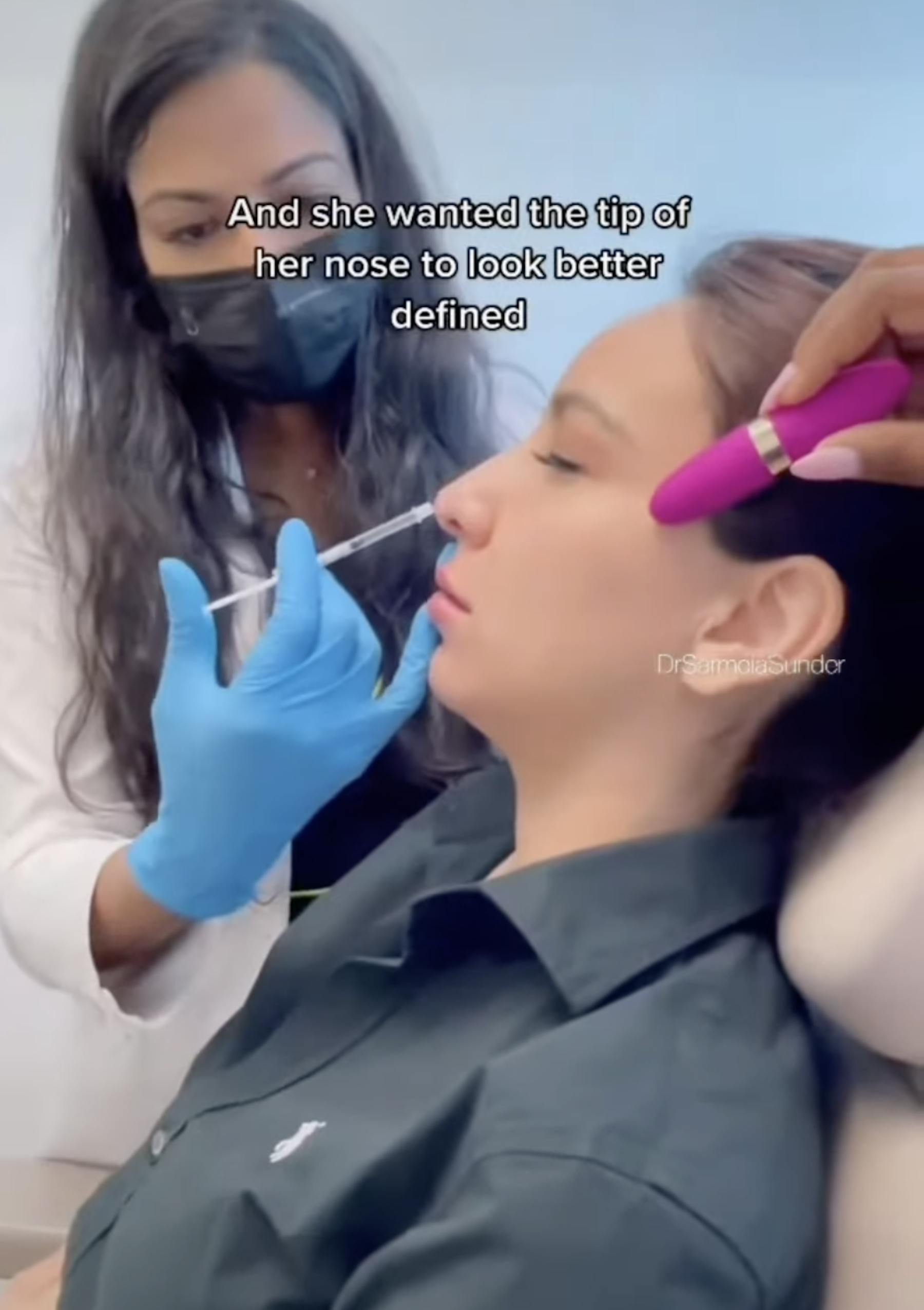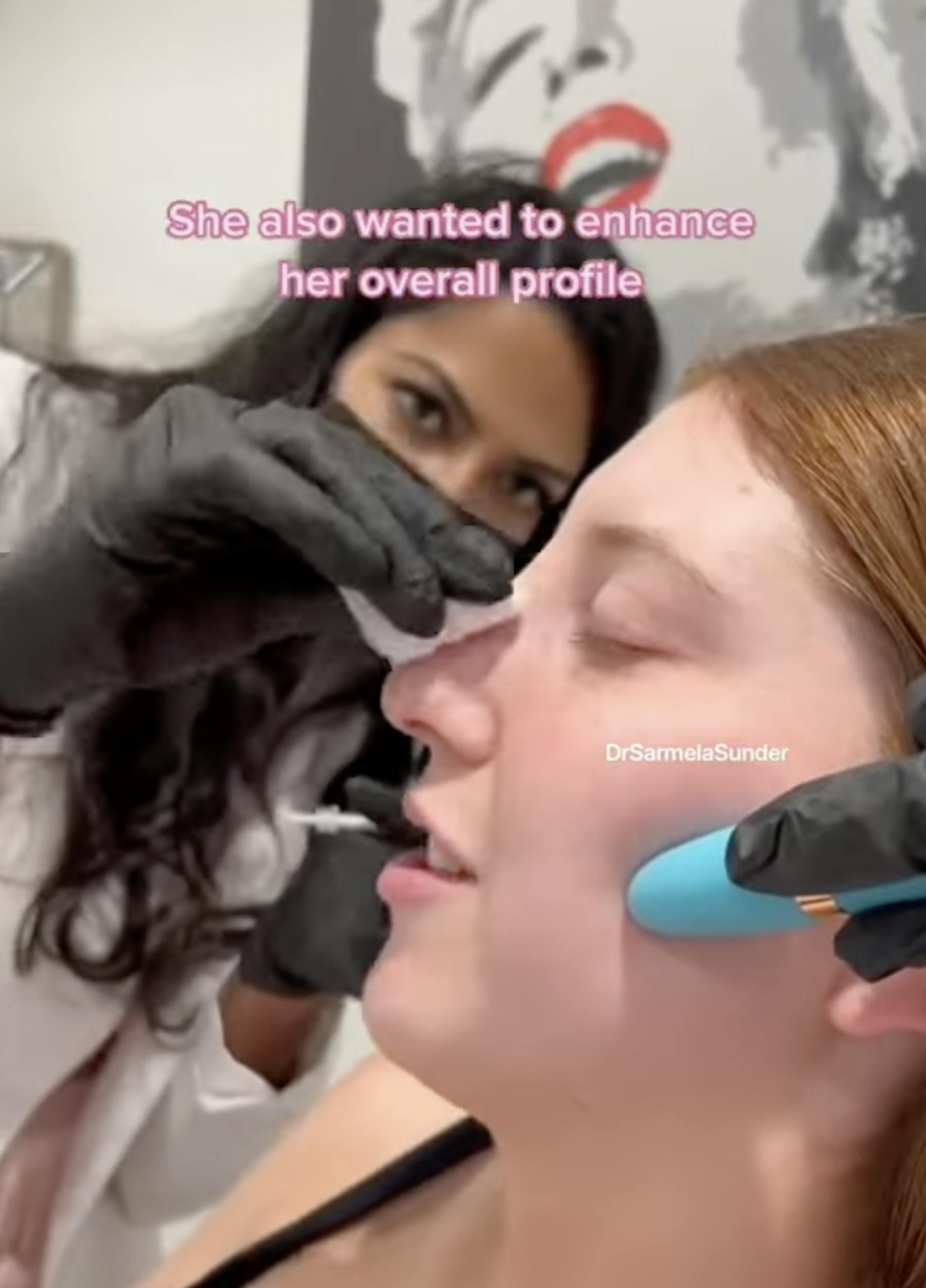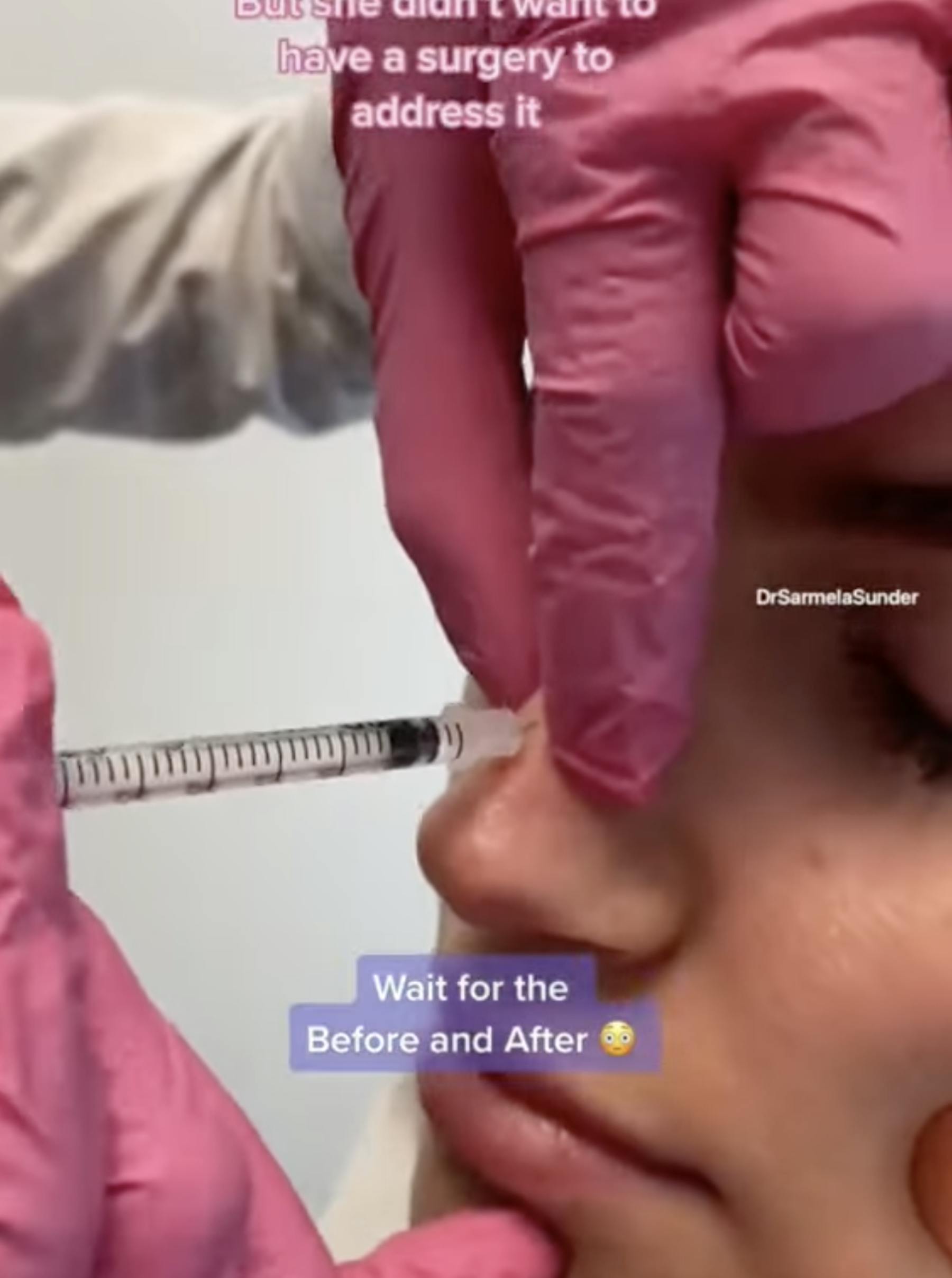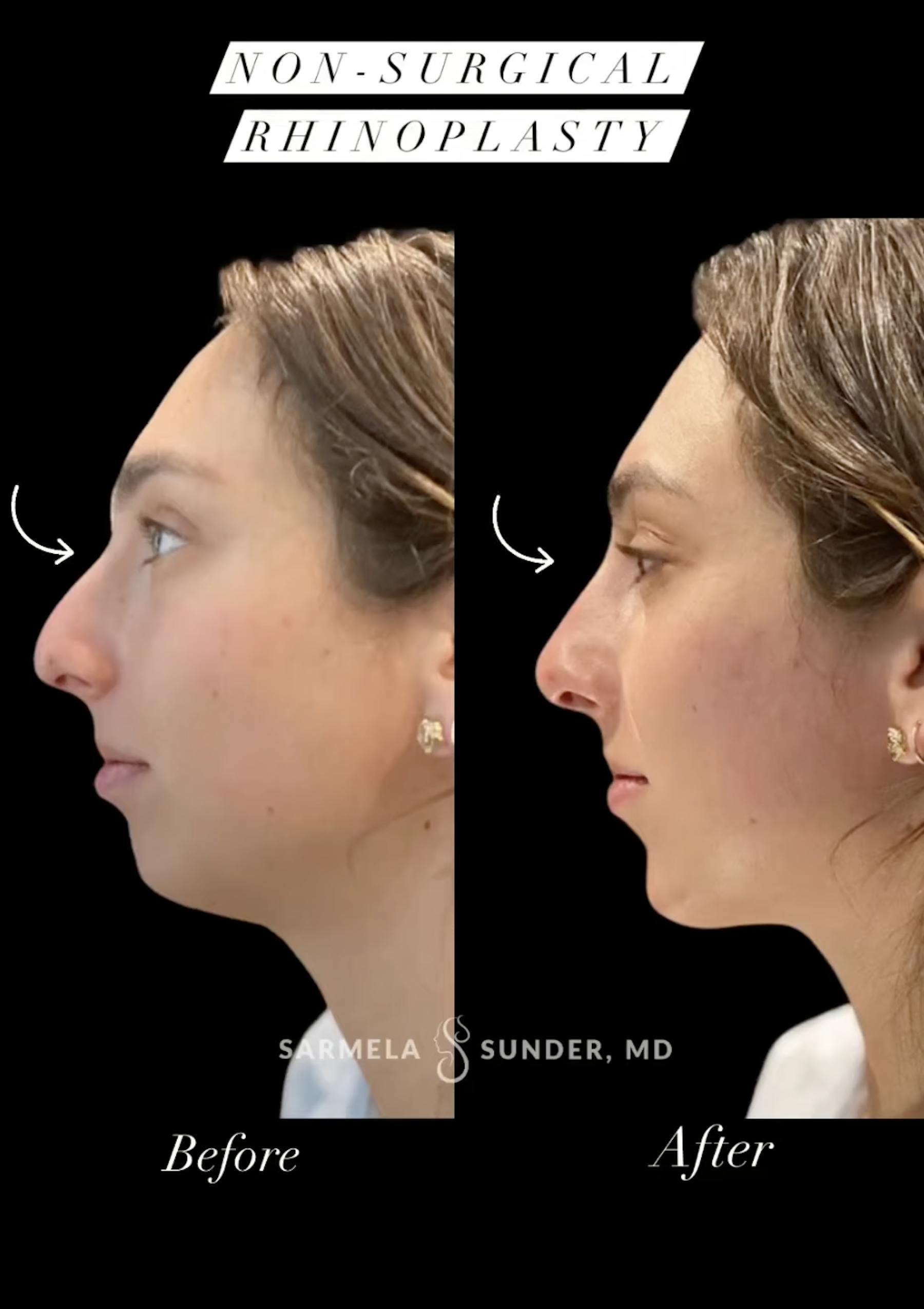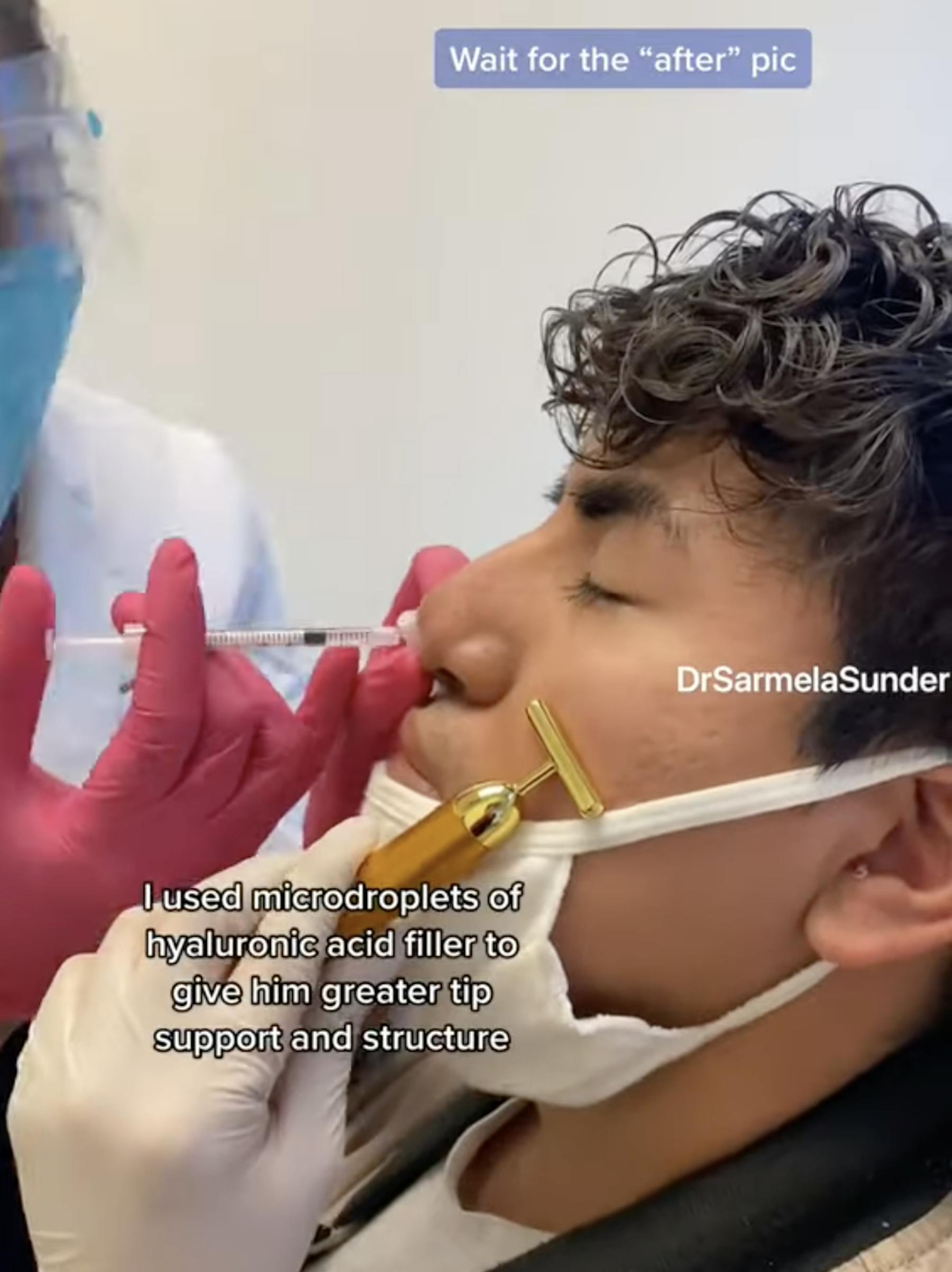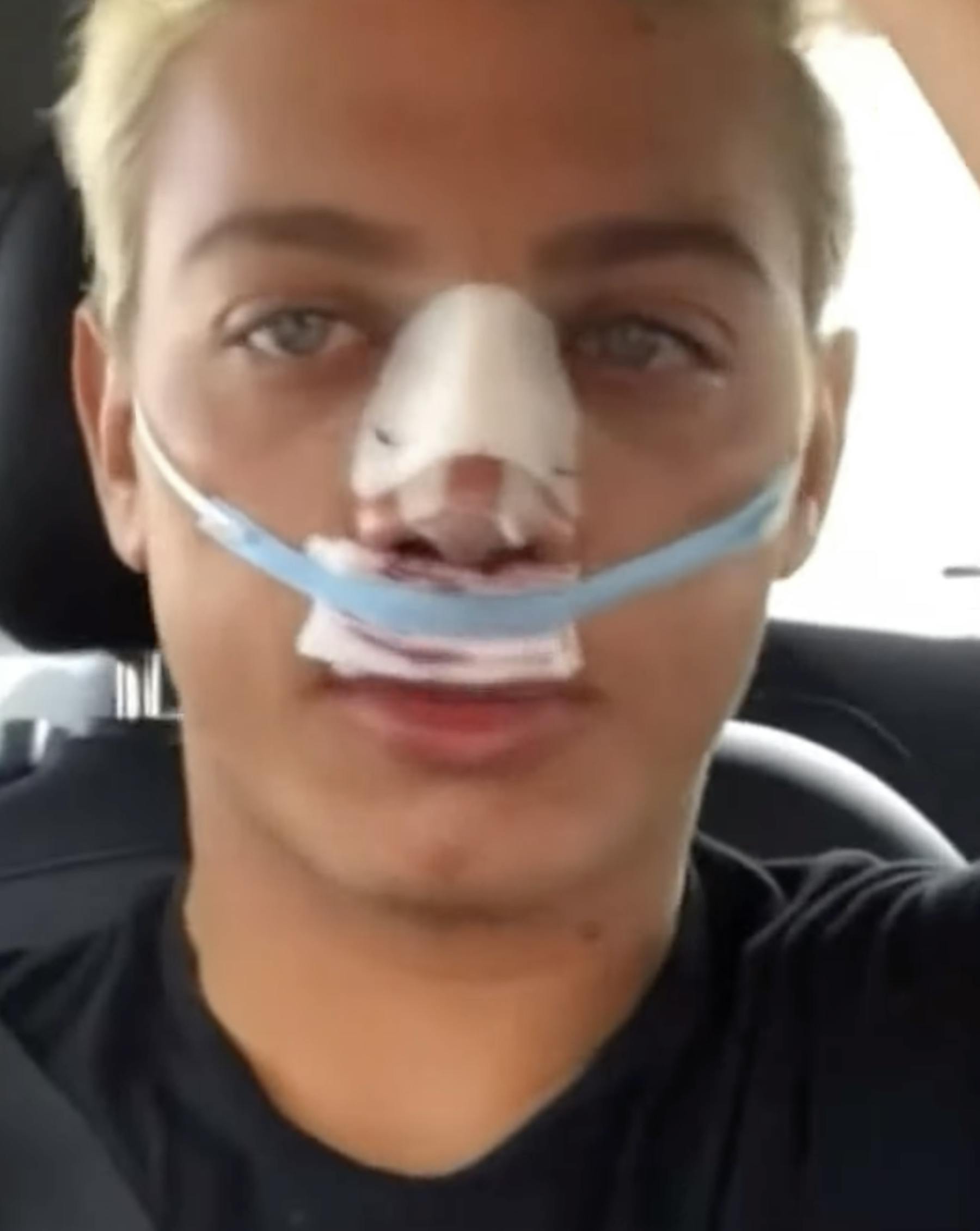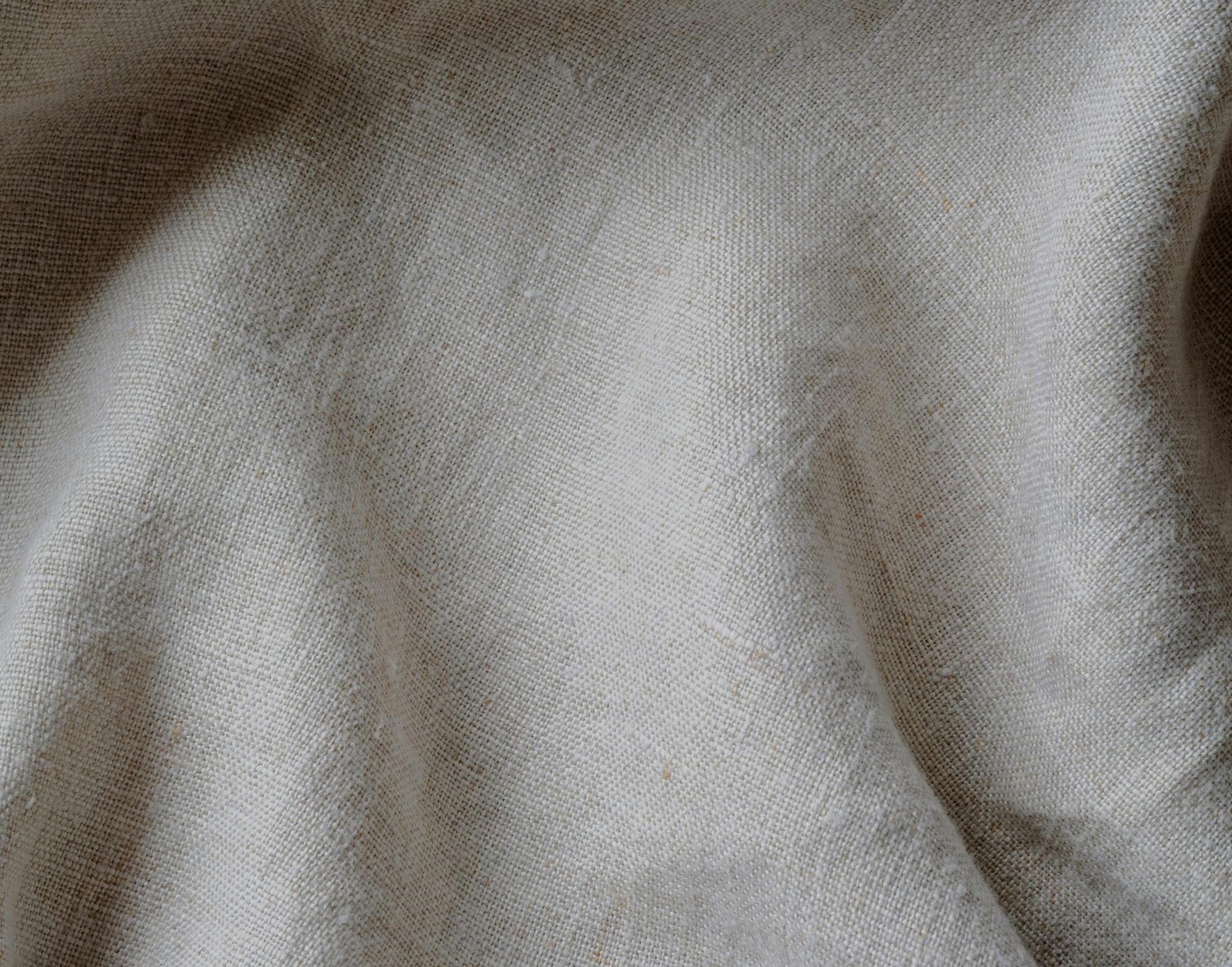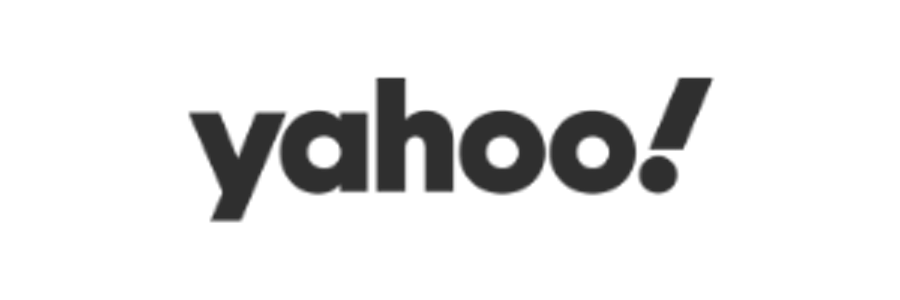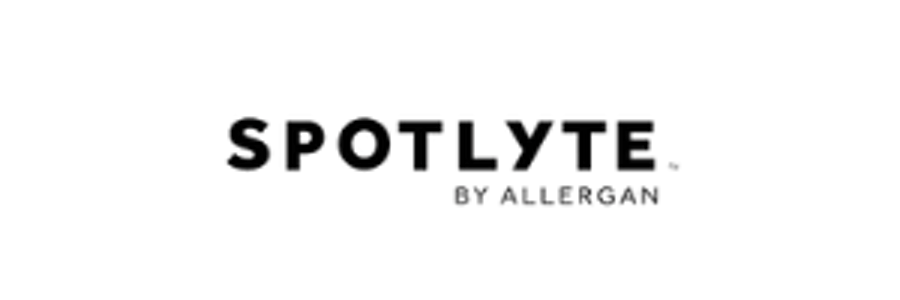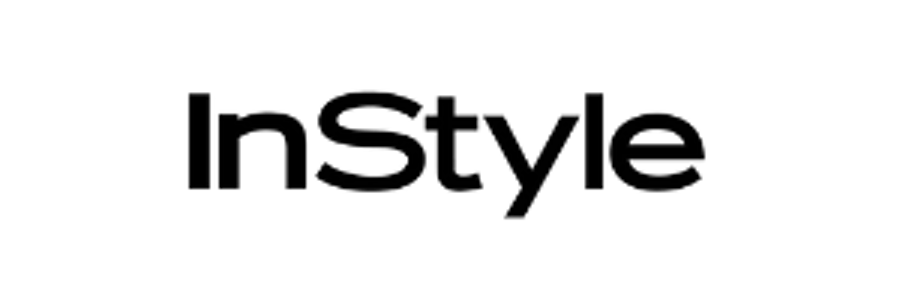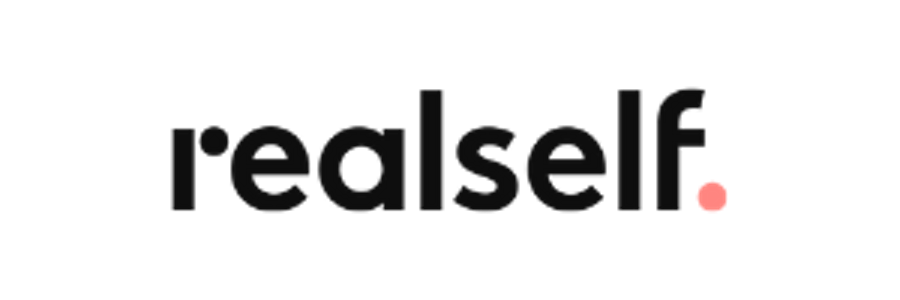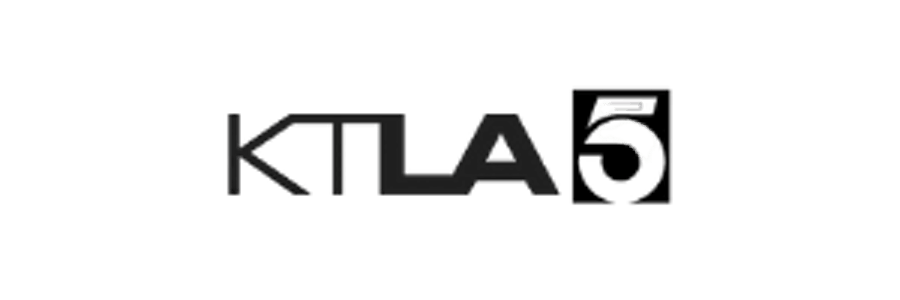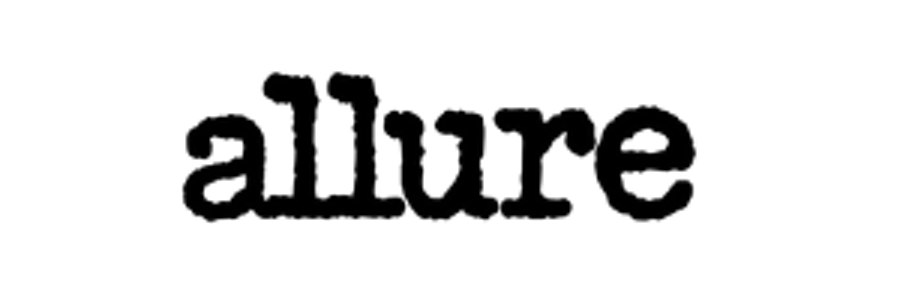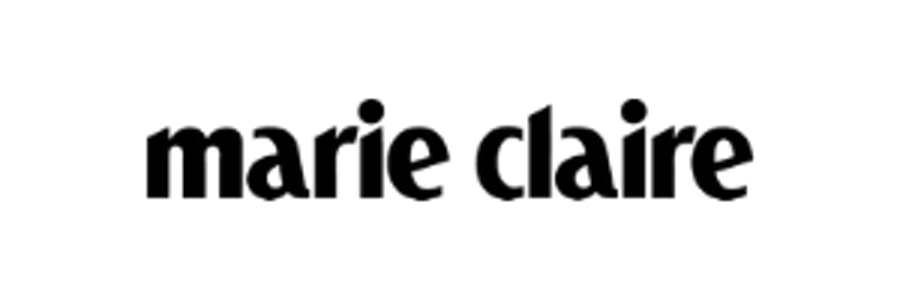Your nose, often considered the centerpiece of your face, commands attention. If you're frustrated with its shape or imperfections, feeling confident can be challenging. Non surgical rhinoplasty in Beverly Hills offers a solution to subtly refine your nose and harmonize your facial features.
What is Liquid Rhinoplasty?
Liquid rhinoplasty, often referred to as a non-surgical nose job, is a minimally invasive cosmetic procedure that involves the use of dermal fillers to reshape and refine the appearance of the nose.
This innovative technique allows for subtle enhancements and corrections to be made without the need for surgery. By strategically injecting fillers into specific areas of the nose, contours can be improved, irregularities can be camouflaged, and balance can be restored.
Liquid rhinoplasty offers a temporary yet effective solution for those seeking a non-surgical alternative to traditional rhinoplasty.
WANT TO DISCUSS THIS MORE? SCHEDULE A CONSULT WITH DR. SUNDER.


